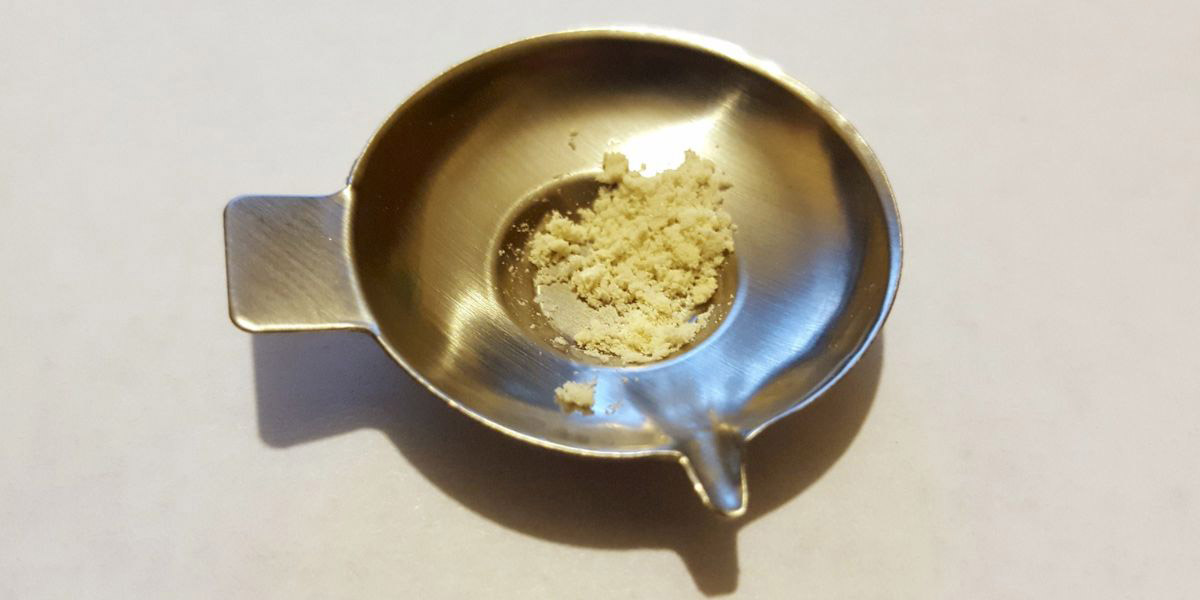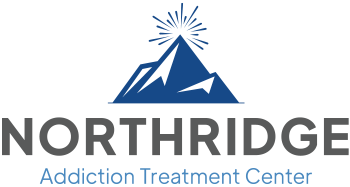What Is DMT (N, N-Dimethyltryptamine)?

Traditionally, people know DMT as the “Spirit Molecule,” connecting age-old rituals to today. Indigenous shamans use this strong drug in ceremonies. It traveled from the Amazon rainforest to modern societies for study.
Studying DMT reveals mysteries that challenge our understanding of reality, opening new paths for healing and spiritual growth.
What Is DMT?
Scientifically known as N, N-dimethyltryptamine, DMT is a naturally occurring mind-altering substance that can also be made in special places called labs.
For generations, cultures in South America have utilized ayahuasca, rich in dimethyltryptamine, for its spiritual significance and medicinal properties. This tradition fascinated Western societies. It could change people’s minds and create deep mystical experiences. As a result, it became more popular in North America and Europe
DMT is becoming popular in the United States. Many people believe it may help with therapy. It is also known for creating strong visual experiences. The substance has benefits, but it can also cause serious mental health problems and other negative effects.
DMT Street Names
DMT is known by several names, such as:
- Dimitri
- Businessman’s trip
- Businessman’s special
- Fantasia
Is DMT Illegal?
DMT remains classified as an illicit substance, categorized under Schedule I of the Controlled Substance Act, because of its high potential for abuse and the absence of recognized medical applications within the United States.
Physicians conducting studies can utilize the substance only with the consent of the FDA and DEA. They require a unique license for Schedule I research.
What Does DMT Look Like?
DMT is a clear, white crystal found in many plants and can be made in labs or extracted from them. Nevertheless, variations in the purity of the powder may result in an array of colors.

How Is DMT Used?
DMT is often smoked or made into a tea called ayahuasca. Some people also choose to snort or inject the powder for its psychoactive effects.
Smoking DMT has a strong and fast effect, similar to injecting it, but the experience is short-lived. Injected DMT reaches peak effects around 5 minutes and typically dissipates within 30 to 45 minutes. In contrast, the duration of the effects of smoking is markedly shorter, often less than 30 minutes.
DMT Experience and Effects
DMT is popular for its strong psychedelic effects, especially at high doses. It can make people feel detached and create dream-like experiences. The changes in consciousness are similar to those caused by psilocybin (magic mushrooms), mescaline, or LSD.
The main effects of the substance are on the mind. It causes visual distortions, hallucinations, changes in body sensations, speech issues, and mood swings. These mood swings can range from happiness to anxiety. Surroundings can influence these effects.
People who use DMT describe their experiences as a “trip,” with negative or distressing episodes termed “bad trips,” including intense fears, despair, and concerns over losing sanity, control, or facing death.
The National Institute of Health (NIH) warns that DMT can be dangerous. It can cause harmful psychological effects, similar to other psychedelics. These effects may lead to physical harm to the user or people nearby. These negative consequences can include:
- Deep-seated dread and suspicion
- Unease
- Sorrow
- Despondency
Physical side effects include:
- A rise in heart rate
- Higher blood pressure
- Dizziness
- Restlessness
- Pupil dilation
- Involuntary, rapid eye movements
- Impaired motor control
Near-Death Experiences and Psychedelic Trips
Many people discuss how DMT affects naturally altered states of consciousness, like dreams, creativity, imagination, psychosis, spiritual experiences, and near-death experiences (NDEs).
Many people talk about near-death experiences. These events are personal and complex. They can feel like psychedelic trips.
This is especially true when using DMT. Ayahuasca, a brew made from the DMT-containing plant, notably links with themes of mortality and the afterlife. “Ayahuasca” translates directly to ‘the vine of the dead’ or ‘the vine of the soul.’
Near-death experiences often involve feeling as though you are leaving your body and entering a different world. You may also hear high-pitched sounds and encounter other beings. Additionally, thoughts about death and the afterlife are common during these experiences.
Mental Health Risks
The National Institute on Drug Abuse (NIDA) cautions about two enduring consequences linked to DMT and all hallucinogens:
- Persistent Psychosis – an ongoing series of mental issues characterized by paranoia, mood swings, chaotic thought processes, and visual anomalies.
- Hallucinogen Persisting Perception Disorder (HPPD) – commonly described as “flashbacks,” these are sporadic recurrences of specific drug-induced experiences, like hallucinations or other visual disruptions, that can emerge unexpectedly and might manifest years following drug consumption.

DMT Abuse and Withdrawal Symptoms Treatment at Northridge Addiction Treatment Center
Despite claims of DMT not being addictive, the appealing effects of DMT on the brain’s serotonin receptors suggest a notable risk of abuse.
Northridge Addiction Treatment Center (NATC) is dedicated to aiding people in overcoming addiction and substance use disorders. AT NATC, we provide evidence-based, patient-focused to help people overcome their substance use disorder and reach life-long recovery.
NATC provides tailored treatment programs to meet your needs throughout and beyond recovery. Recognizing each person’s uniqueness and circumstances, we ensure empathetic, personalized care.
Contact us today to learn more about our experienced team and our various treatment options and therapies.
Find Meaningful Recovery
Our caring and compassionate specialists are eager to help you comfortably navigate this journey to recovery. Our individualized treatment plan, programs, and therapies may be a perfect match for you or your loved one. Let us assist you in living the happy life you deserve. It starts with a phone call.




